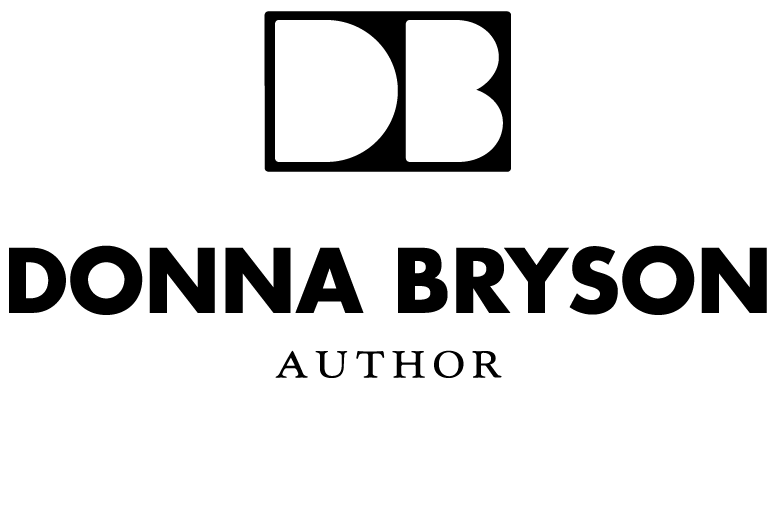“What are warriors asking from their communities and society? To be seen as they are, for who they are, for what they gave, for their struggles now, and to be loved and honored for their unchanging essence of devotion and sacrifice.”
--Edward Tick
Leslie Marmon Silko’s Ceremony is a Vietnam-era novel about World War II veterans that has lessons for our War on Terror times.
At a key moment, Silko’s hero Tayo come to a realization.
“His sickness was only part of something larger, and his cure would be found only in something great and inclusive of everything.”
Silko sets Ceremony on and around the Laguna Reservation where she grew up, west of Albuquerque, New Mexico. Tayo is among a group of Native Americans who fought for the United States in World War II and returned with what we would today call PTSD. One of Tayo’s comrades left for war a boy who thought beer tasted like poison and came back a man who would do anything for a drink. Silko’s novel was published in 1977, two years after America pulled out of Vietnam.
In an introduction to a special edition of Ceremony published three decades after it first appeared, Silko explains that she set out to “better understand what happened to the war veterans, many of whom were survivors of the Bataan Death March.
“Even as a child I knew they were not bad people. Yet something had happened to them. What was it?”
Ceremony is testament to how carefully the young Silko observed the veterans. As an adult, she brought imagination and empathy to her novel.
Tayo accompanies his beloved cousin Rocky to war, looking. up to him as if he were an older brother. Rocky dies on the Bataan march. Silko evokes that episode in excruciatingly vivid flashbacks that could make a reader think she’s seen combat:
“There was screaming and the sound of bone crushing, hollow white skull bone beaten to bayonet edges by the jungle rain. The flood water was the color of the earth, of their skin, of the blood, his blood dried brown in the bandages.”
Tayo is left believing that “somehow there had been a mistake with the corpses, and somehow he was still unburied.”
Edward Tick, a psychotherapist who has worked with war veterans since the 1970s, would recognize this as a description of survivor’s guilt.
Silko begins her novel: “I will tell you something about stories. They aren’t just entertainment. Don’t be fooled. They are all we have, you see, to fight off illness and death.”
What is talk therapy if not story-telling? And talk therapy is the most reliable way to treat PTSD.
As the MacArthur-winning Silko tells it, Tayo’s reintegration into civilian life is an epic quest to show his community – and himself – that his story is also theirs. Tayo has help from civilians like the healer Old Betonie, who cautions that “things which don’t shift and grow are dead things.”
Betonie, talking to Tayo, can sound like a therapist:
“’Rocky,’ Betonie said softly, ‘tell me about Rocky.’”
Real-life psychotherapist Tick has called for communities to listen to without judging those who have come back from battle. It is a way to take part in and share responsibility for the violence done on society’s behalf.
Even as he mourns, Tayo must face more violence and death. He survives because, like wily desert cattle, he knows the terrain. When he does stop running from his demons, it’s not because he’s been trapped, but because he knows he is home.
